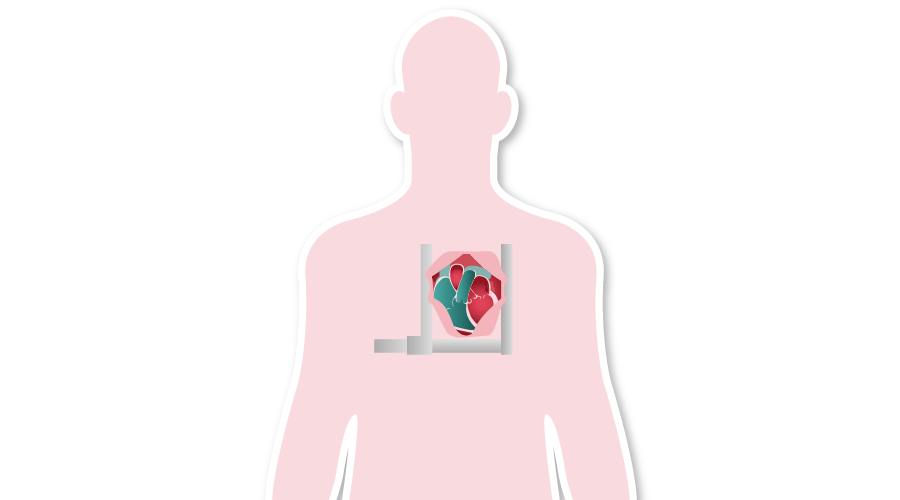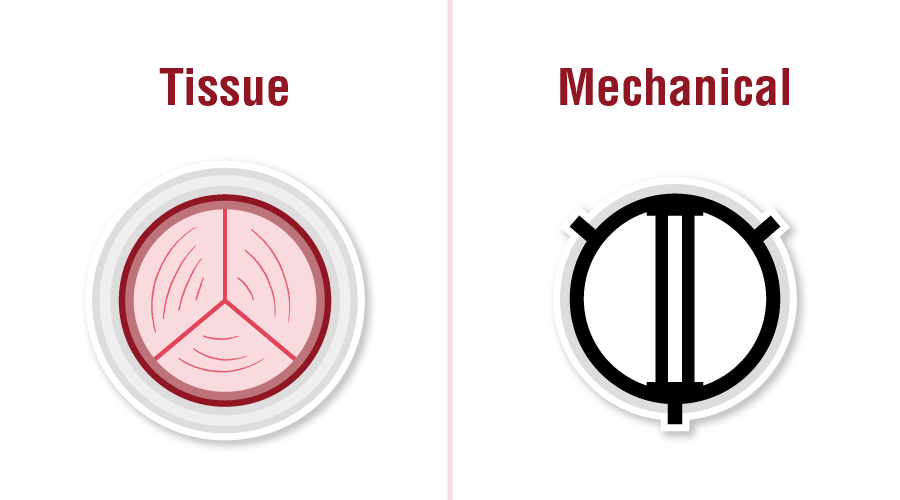If you’ve just found out you need a replacement heart valve, you’ve probably got a hundred questions running around your head. Even if your cardiologist has already explained the options, it may have been difficult to take in what you’ve been told during your appointment. So what heart-valve disease treatments are available if you have aortic heart valve disease (AVD), whether aortic stenosis (AS) or aortic regurgitation? The most appropriate treatment will depend on the extent of the damage to the valve. Let’s take a look at the options…
Medication
While medication can help to alleviate your symptoms, it won’t solve the underlying problem of a diseased heart valve that is making your heart work harder than it should have to. At some point, your doctor is likely to recommend that the valve is replaced to allow your heart to function normally – and this may even be before you experience significant symptoms, as early intervention can help to avoid complications and improve the outcome.
Types of heart-valve surgery
Open-heart surgery
If you have severe aortic heart valve disease, the most likely treatment is open-heart surgery, which involves an opening being made through the chest and breast bone. A machine takes over from your heart to continue to pump the blood around your body while the diseased valve is replaced.

Small-incision surgery
As the name indicates, this form of open-heart surgery involves making a smaller cut to perform the same operation, which results in a shorter scar and quicker healing times. Your cardiologist will make a recommendation as to which option is safe and appropriate for you.

Transcatheter aortic valve insertion (TAVI)
This type of surgery involves inserting a catheter through an incision in the groin or collarbone, with a balloon at its end. Once the catheter has reached the heart, the balloon is inflated and a new valve is placed inside the damaged valve. This technique avoids the need for heart bypass machinery as the heart continues to beat throughout the process.

Types of replacement heart valve
Your doctor will guide you as you choose which type of replacement valve to opt for. There are two choices:
Tissue heart valve
The use of tissue heart valves is increasing and involves using animal tissue harvested from bovine (cow) or porcine (pig) sources or, in some cases, from human organ donors. A tissue valve avoids the need to use a blood thinner such as warfarin, which is a lifelong necessity with a mechanical replacement valve. A tissue heart valve will need to be replaced within 10 or 15 years, and can be damaged by calcium build-up. However, new advances in tissue preservation for heart valves mean that anti-calcification properties and the option for future valve-in-valve treatment are now possible, making tissue valves more viable for younger patients.
Mechanical heart valves
Mechanical heart valves have been around for 50 years, and designs originating in the 1960s are still in use today. Newer types have been invented since, with parts made from tough, long-lasting materials such as pyrolytic carbon, which is used in many biomedical devices. Mechanical valves generally have a lifespan or 20 years or more and are associated with reduced reoperation rates for that reason. However, there’s an increased risk of thrombosis and bleeding, making daily anticoagulation medication essential, with the associated potential side effects.

Now that you’ve got an overview of the options for heart valve replacement, why not read our Q&As to find out more?
Medical information. This is provided for informational purposes only and is not meant to be a substitute for advice by a doctor or other qualified healthcare professional. Patients should not use the information on the Active Patients website for diagnosing a health or fitness problem or disease. Patients should always consult with a doctor or other health professional for medical advice or information about diagnosis and treatment. Never ignore professional medical advice because of something you have read on Active Patients.






